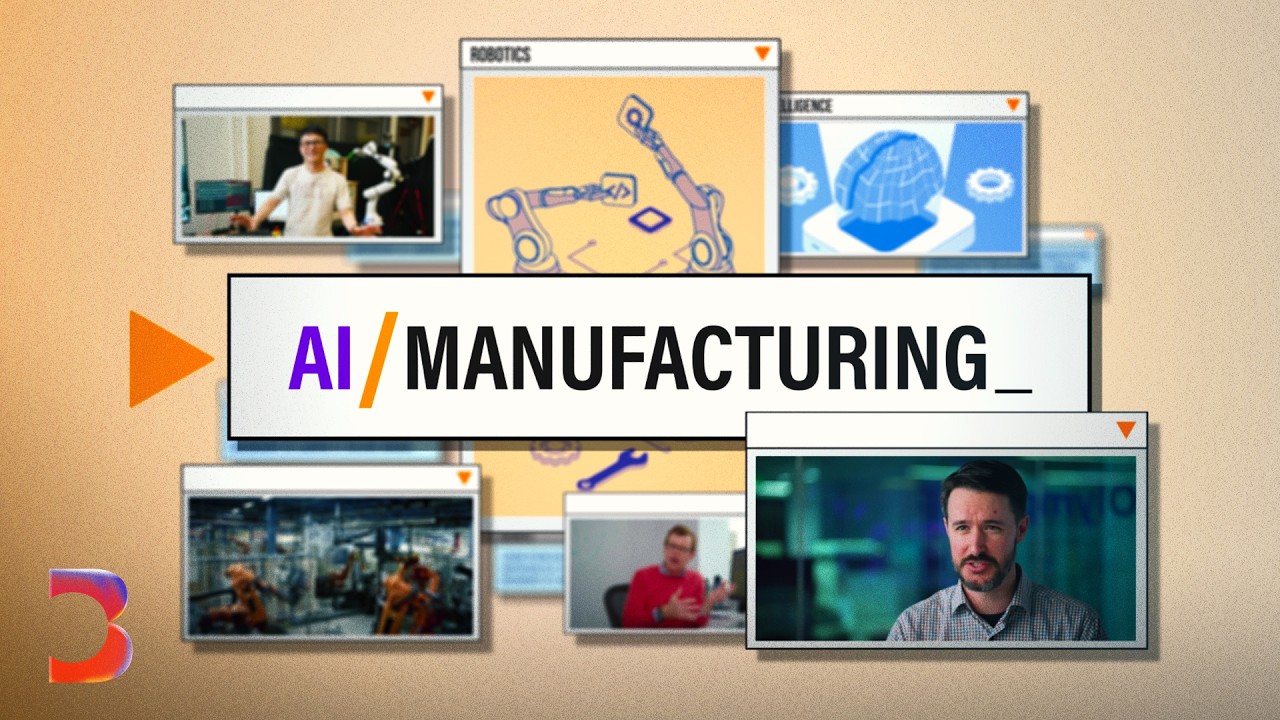The video highlights how AI and robotics are transforming manufacturing by enabling collaborative tasks, predictive maintenance, and increased efficiency, while emphasizing that humans remain essential for oversight and complex decision-making. Despite advancements, challenges such as workforce displacement and the complexity of fully automating factories persist, underscoring the need for a balanced approach that enhances human roles rather than replacing them entirely.
The video explores the growing role of artificial intelligence (AI) and robotics in manufacturing, highlighting advancements at MIT’s interactive robotics lab. Engineers are training robot arms to perform tasks like picking up objects and placing them in sinks, with AI enabling these robots to recognize human instructions and predict subsequent steps. This collaborative approach allows humans to give high-level guidance, while robots handle detailed motions automatically, exemplifying a future where humans and robots work side by side in factories.
Historically, automation in manufacturing has faced setbacks, such as the failed attempts by General Motors in the 1980s to create fully automated plants. These early efforts often resulted in inefficiencies and errors, illustrating that true automation is more complex than initially envisioned. Today, companies like Amazon have shifted their focus from fully autonomous warehouses to maintaining human oversight, recognizing that robots are still far from being able to operate independently across diverse tasks.
AI’s integration into manufacturing is often subtle, with predictive maintenance being a prominent example. Companies like Augury use sensors and advanced algorithms, including deep neural networks and transformers, to monitor machinery and predict failures before they occur. This technology helps prevent costly downtime and guides technicians on repairs, positioning AI as a tool that enhances human workers rather than replacing them. Such innovations are part of a broader trend toward using AI to improve efficiency and safety in factories.
Despite the optimistic outlook, the adoption of AI and automation presents significant challenges, particularly regarding workforce impacts. Many companies see AI as a way to address labor shortages and improve productivity, but there is concern about job displacement. Surveys indicate that a substantial portion of businesses expect to reduce their workforce due to AI by 2030. While AI can make jobs more efficient and less monotonous, it also risks making certain roles redundant, raising questions about the future of employment in manufacturing.
The overall message emphasizes that AI and robotics are transforming manufacturing, but not necessarily replacing humans entirely. Instead, these technologies are likely to reshape jobs, making them higher quality and more satisfying. The goal should be to develop a manufacturing industry that balances automation with human oversight, focusing on creating meaningful employment rather than simply reducing workforce numbers. Human skills, judgment, and oversight remain crucial, even as AI continues to evolve and integrate into factory operations.
